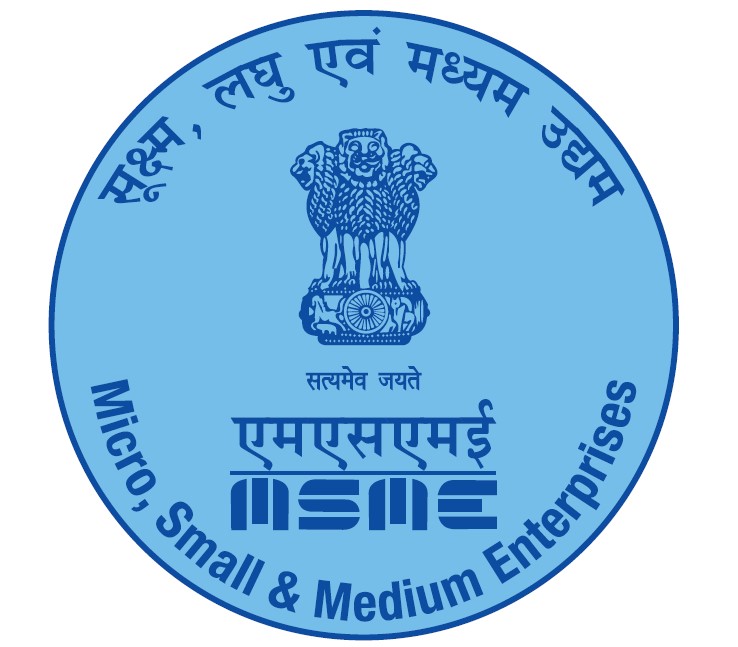
By Shatyoki Bhattacherjee
The Micro, Small, and Medium Enterprises (MSMEs) sector in India is a significant pillar of the country’s economy. Despite the ups and downs it has faced over the years, it continues to form the backbone of our economic structure.
In the last ten months alone, from April to February 2023, nearly 10,655 MSMEs have had to close their doors. This number is significant, but it’s important to remember that this sector contributes around 45% of the country’s industrial output, 40% of its exports, and nearly 30-40% of India’s GDP.
When examining the sector from a risk perspective, two major factors come to the forefront: credit risk and risks from third-party suppliers. Credit risk refers to the risk that comes from the clients and customers of the MSMEs.
Often, while working with larger enterprises, MSMEs need to extend credit lines for their delivered products and services. The Micro, Small and Medium Enterprises Development (MSMED) Act, 2006, states that the buyer of goods or services supplied by an MSME unit must make payment on or before the agreed date. The appointed day is the date agreed upon by the buyer and the supplier, or, in case of no agreement, the 45th day from the date of supply of goods or services.
However, this is not always the case. Despite regulations and penalties for delayed payment, disruptions in cash flow from customers can hamper the liquid funds required for day-to-day operations.
On the other side of the coin, the SME sector in India experiences a significant credit gap. Traditional lenders like banks and other financial institutions are often hesitant to provide loans to SMEs due to the lack of collateral, bad credit history, and other factors. These institutions also tend to charge higher interest rates for SME loans, considering them riskier with a higher chance of default. These challenges put SMEs in a difficult position, hindering their chances of growth.
In light of these challenges, it’s clear that in order to cope up with the credit risks challenge from customers, SMEs need a robust system for evaluating risk factors related to them. This can be achieved by conducting due diligence and background verification that will help identify past default records, credit risk scores, and the financial stability of customers, significantly reducing the risk of credit for MSMEs.
This is where the concept of Third Party Risk Management (TPRM) comes into play. When it comes to evaluating the risks of third parties and customers, the majority of MSMEs still rely on manual methods like excel sheets for data collection and analysis or some SMEs don’t do it at all. These methods are not only time-consuming but also prone to human error as well.
Evaluating the risk elements associated with customers provides a categorization of risk levels. This enables SMEs to make well-informed choices when offering credit for their delivered goods and services. By understanding the financial history and credit risk profiles, SMEs can foster transparency in their interactions with customers, mitigating the effects of credit challenges such as late payments or non-payments.
With the rise of AI and automation technologies, it’s time for MSMEs in India to embrace solutions like automated Third Party Risk Management. These solutions can save time, increase confidence, and improve efficiency in mitigating risks from customers.
The benefits of automated Third Party Risk Management for an SME don’t stop there. MSMEs have their own supply chains to manage, which include many suppliers and vendors helping them to produce the required products and services. These third parties provide essential elements like raw materials, operational services, and technological services.
Supply chain management is another critical area for SMEs. In today’s interconnected world, companies are increasingly getting vulnerable through their vendor networks. The current market scenario in India calls for the adoption of digital solutions in supply chain management to increase efficiency and identify potential risks from vendors and suppliers early on.
Some of the common risks associated with suppliers in a supply chain include: financial risks, operational risks, compliance risk, environmental risks, etc. As the world is moving towards a greener future, sustainability has become a crucial growing factor for supply chains.
Third Party Risk Management can play a crucial role in managing these risks from third parties and help you maintain a healthy supply chain.
Automated TPRM solutions like SignalX have the capabilities to collect and analyze data from various sources in a short time, allowing MSMEs to create a central repository of all associated vendors and keep a system to periodically monitor their performance and risk levels to determine any forthcoming risks.
It also helps MSMEs take a risk-based approach when assessing vendors and suppliers by creating risk profiles and maintaining a risk level segregation from the very beginning.
As the SME sector in India continues to grow, the adoption of new technologies is becoming increasingly important. These technologies are here to stay and can make a significant impact when used correctly. Whether you’re running verification checks on your vendors or assessing the credit risk of your customers, third-party risk management can be a powerful tool to make your business more secure.
The future of MSMEs in India lies in embracing these technological advancements. After all, a risk-free business is not just a dream, but a possibility within our grasp.

(The author is Shatyoki Bhattacherjee, Marketing Associate, SignalX , and the views expressed in this article are hiw own)





